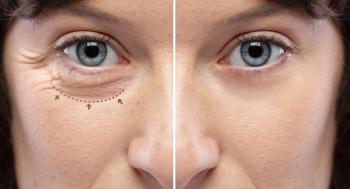
New ketorolac solution optimized for safety and patient comfort
From a patient's perspective, using a non-steroidal anti-inflammatory drug (NSAID) before and after cataract or refractive surgery can help to ease pain, swelling, and irritation, and accelerate the return of visual acuity. From a surgeon's perspective, using an NSAID reduces surgical complications and makes surgery easier: it keeps the pupils larger, allowing for quicker and less traumatic procedures. It also prevents cystoid macular edema (CME) and reduces the incidence of striae because it suppresses pain and, therefore, the patient's tendency to squeeze/rub the eyes post-surgery. This article will examine the different classes of NSAIDs, compare their analgesic and anti-inflammatory activity, and determine the potency of different NSAIDs.
Newsletter
Don’t miss out—get Ophthalmology Times updates on the latest clinical advancements and expert interviews, straight to your inbox.









































